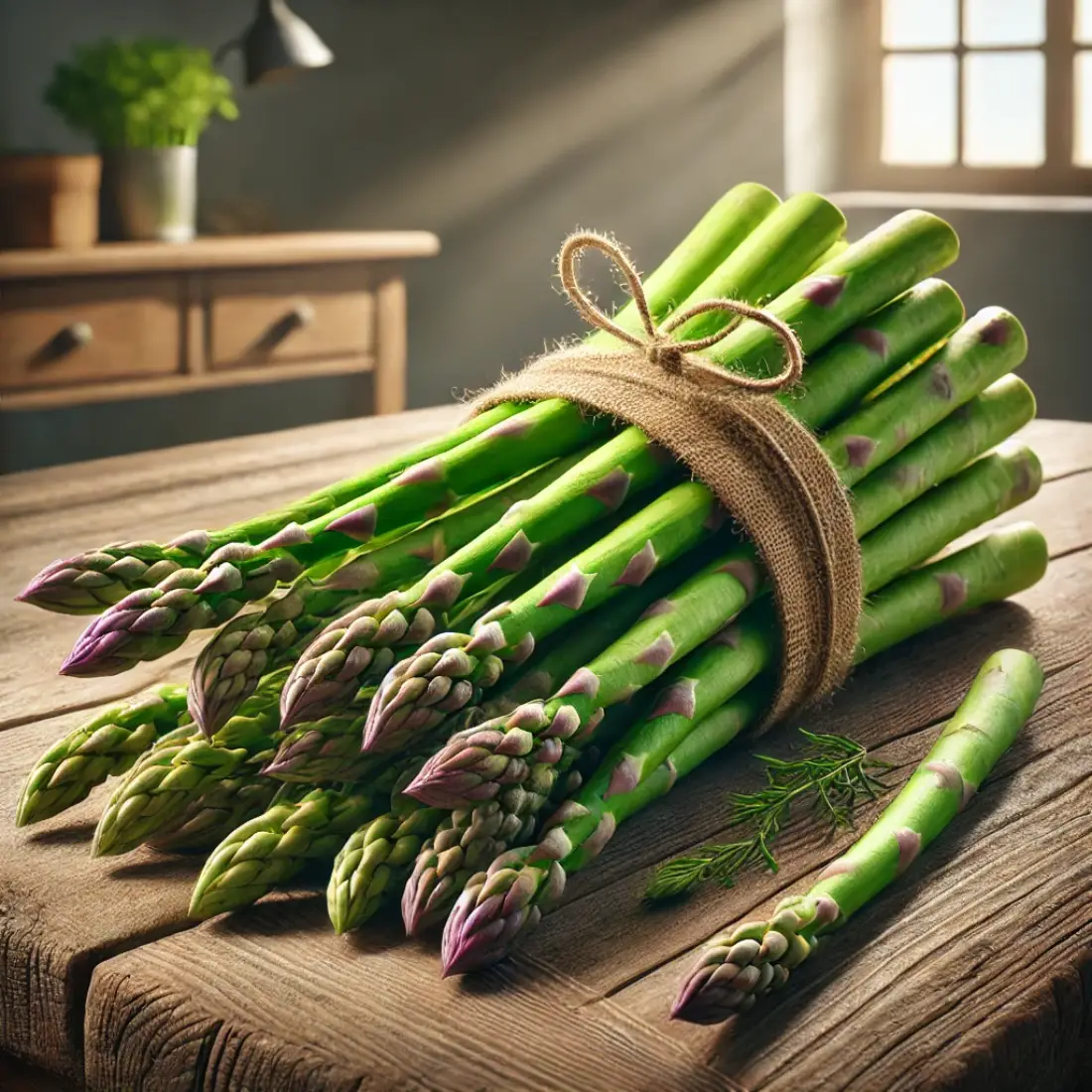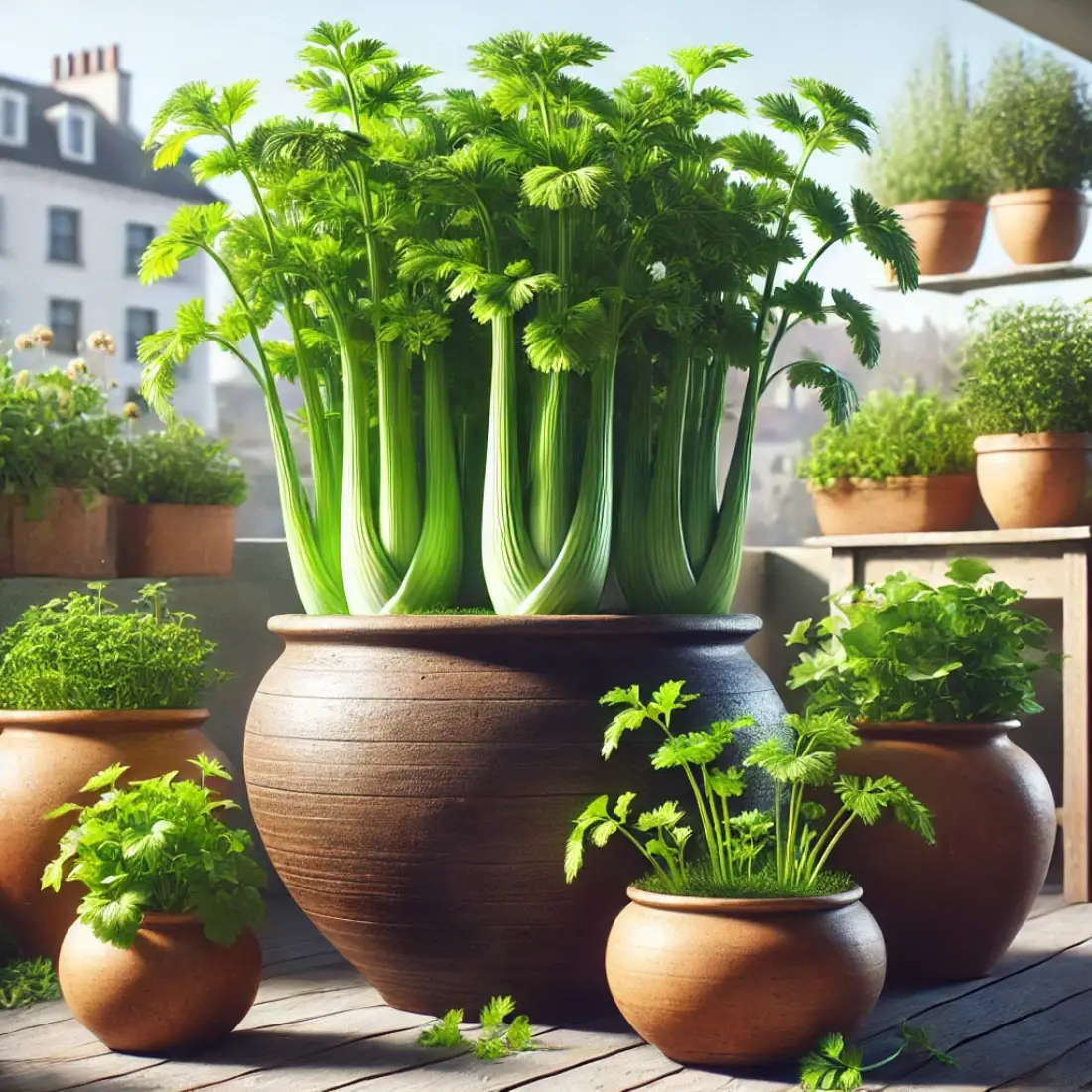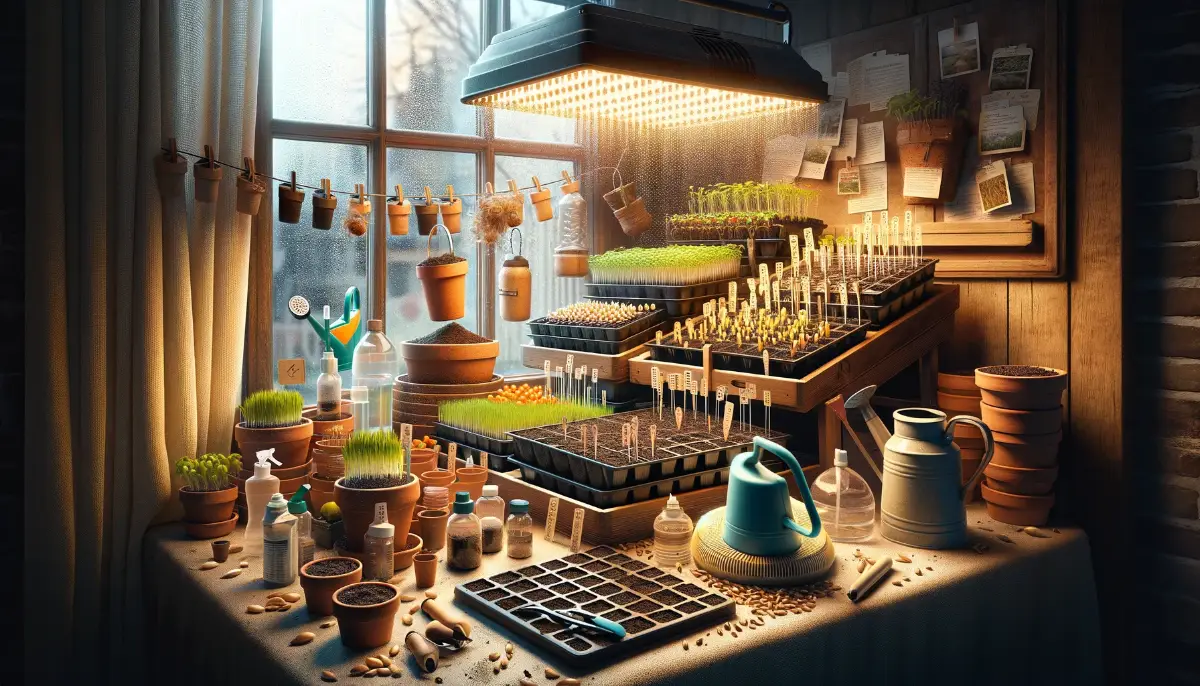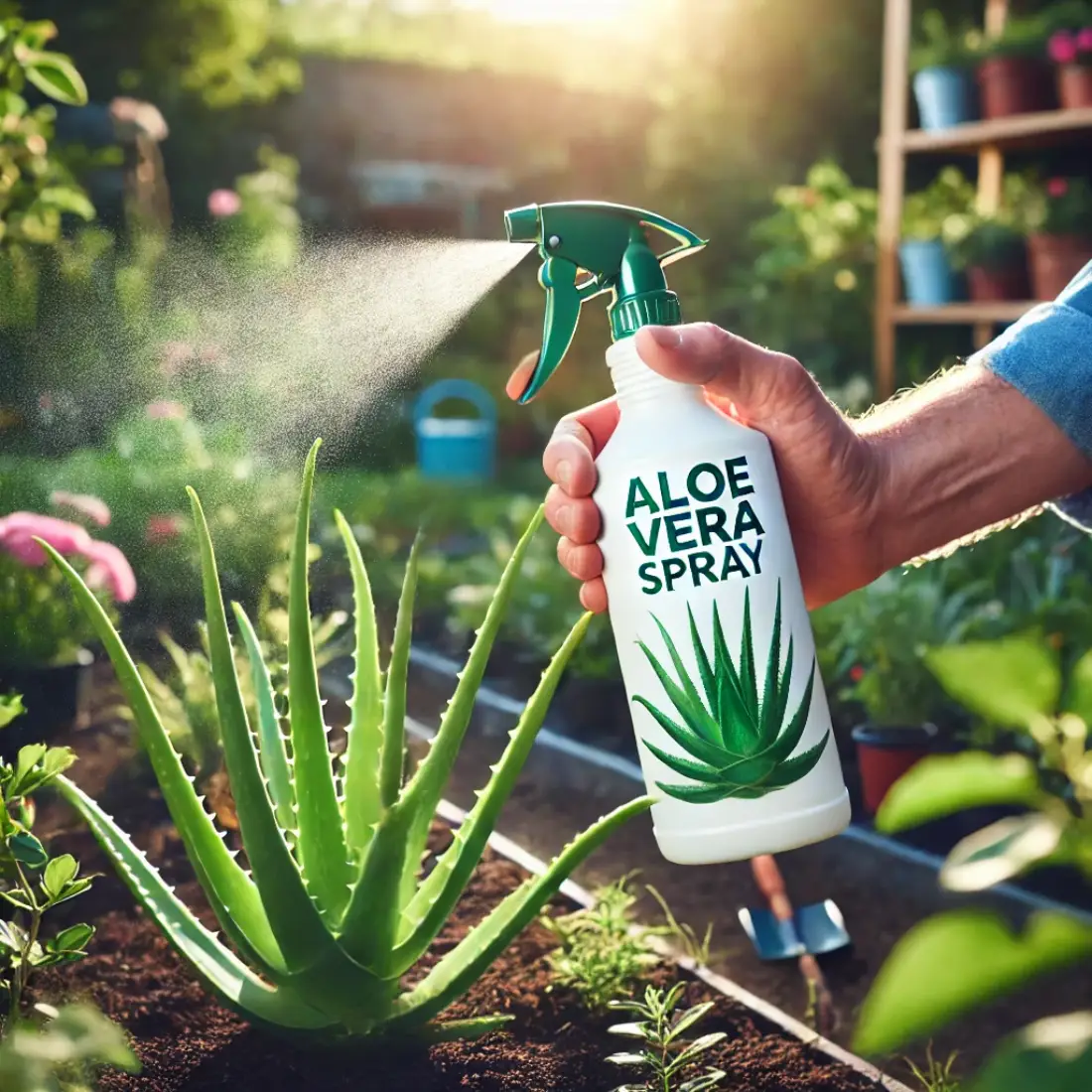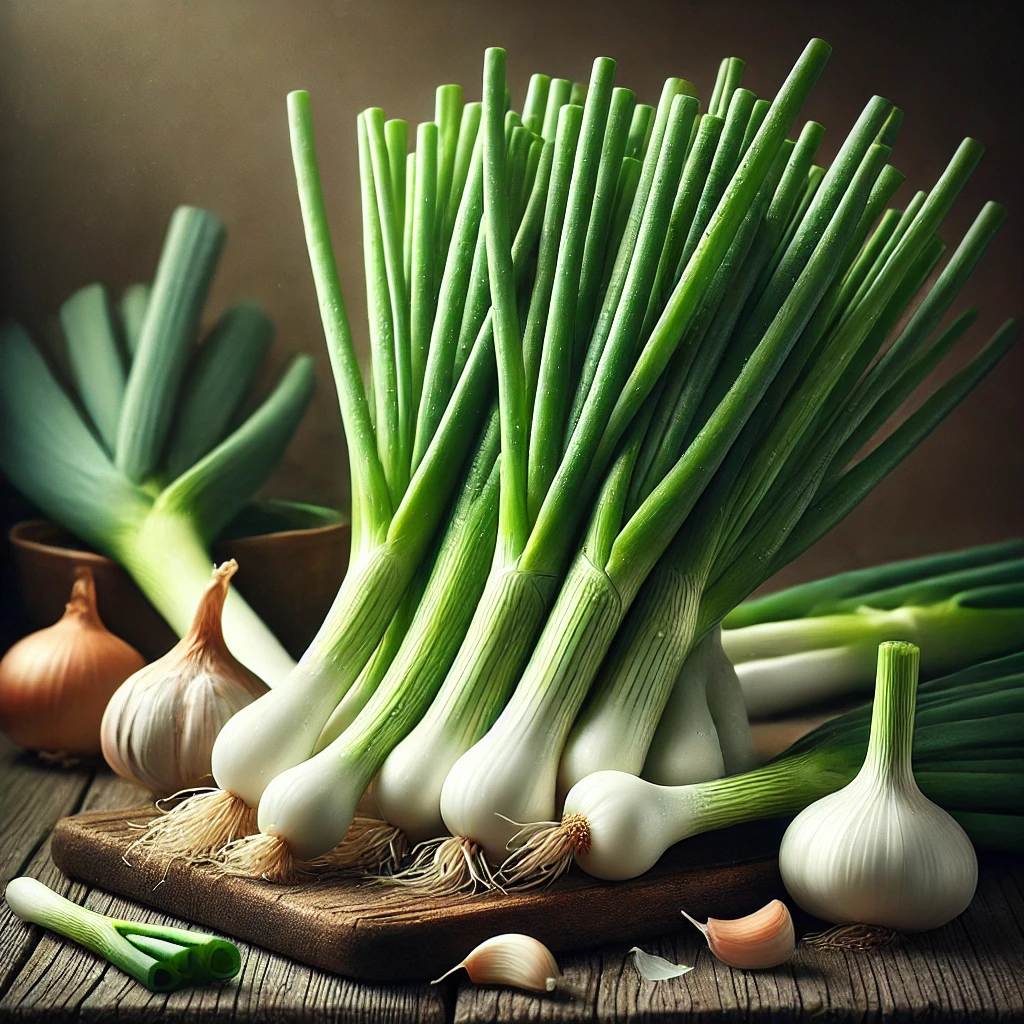Asparagus (Asparagus officinalis) is a perennial vegetable known for its tender spears and delicate flavor. There are two main types: green and white. Green asparagus is more common and grown above ground, while white asparagus is grown underground or covered to prevent photosynthesis, resulting in a pale color and milder taste.
Rich in vitamins A, C, E, and K, as well as folate, iron, and fiber, asparagus is a nutritious and low-calorie addition to any diet. Its antioxidants help protect cells and support overall health.
Growing asparagus requires patience, as it takes a few years to establish. However, once mature, an asparagus bed can produce for 15-20 years with proper care. Understanding its basic needs and growth habits is essential for a productive garden.
- Asparagus is a perennial vegetable.
- Requires patience as it takes a few years to harvest.
- Needs well-drained soil and plenty of sunlight.
- Proper care can yield asparagus for many years.

Preparing the Soil
Preparing the soil is crucial for growing healthy asparagus. Start by choosing a well-drained site with a pH between 6.5 and 7.5. Test and amend the soil if necessary to reach the optimal pH. Incorporate plenty of organic matter, such as compost or well-rotted manure, to improve fertility and drainage.
Raised beds can be beneficial if your soil drains poorly. Ensure the soil is loose and deep enough for the asparagus roots to establish, ideally at least 12-18 inches. Proper soil preparation sets the foundation for a productive asparagus bed.
Planting Asparagus Crowns
Planting asparagus crowns is a crucial step in establishing a productive asparagus bed. Begin by selecting high-quality, one-year-old crowns from a reputable supplier. Choose disease-resistant varieties for the best results.
Early spring, as soon as the soil is workable, is the ideal time to plant asparagus crowns. Prepare trenches that are 12-18 inches apart and about 6-8 inches deep. Create small mounds of soil at the bottom of each trench, spacing them 12-18 inches apart. Place each crown on a mound, spreading the roots evenly.
Cover the crowns with 2-3 inches of soil initially. As the asparagus spears begin to grow, gradually fill in the trench with soil until it is level with the ground. This gradual covering encourages strong shoot growth and helps the crowns establish firmly in the soil.
Proper spacing between crowns and rows ensures adequate air circulation and reduces the risk of disease. Water the newly planted crowns thoroughly and keep the soil consistently moist but not waterlogged. Mulching around the plants helps retain moisture and control weeds.
Growing Asparagus from Seed
Growing asparagus from seed is a cost-effective method, though it requires more time and patience compared to planting crowns. Begin by choosing a reputable source for your seeds, opting for disease-resistant varieties.
Start the seeds indoors 12-14 weeks before the last expected frost. Use seed trays or small pots filled with a high-quality seed-starting mix. Sow the seeds 1/2 inch deep, spacing them about an inch apart. Keep the soil consistently moist and place the trays in a warm location with temperatures between 70-85°F (21-29°C). Germination typically takes 2-3 weeks.
Once the seedlings are 10-12 weeks old and all danger of frost has passed, they can be transplanted outdoors. Harden off the seedlings by gradually exposing them to outdoor conditions over a week.
Prepare the planting site by enriching the soil with compost or well-rotted manure. Dig trenches about 6-8 inches deep and 12-18 inches apart. Place the seedlings in the trenches, spacing them 12-18 inches apart, and cover with 2-3 inches of soil. As the plants grow, gradually fill in the trench.
Maintain consistent moisture and mulch to conserve water and suppress weeds. With proper care, asparagus grown from seed will begin producing spears in 3-4 years.
Watering and Mulching
Proper watering and mulching are essential for growing healthy asparagus. Water the plants regularly, ensuring the soil remains consistently moist but not waterlogged, especially during the first few years. Asparagus needs about 1-2 inches of water per week, depending on weather conditions.
Mulching helps retain soil moisture, suppress weeds, and regulate soil temperature. Apply a 2-3 inch layer of organic mulch, such as straw, wood chips, or compost, around the plants. Keep the mulch away from the crowns to prevent rot. Consistent watering and mulching will support robust growth and a bountiful harvest.
Organic Fertilizing Asparagus
Fertilizing asparagus organically ensures healthy plant growth and a productive harvest. Begin by enriching the soil with compost or well-rotted manure before planting. This provides a solid nutrient foundation.
In early spring, as soon as new growth appears, apply a balanced organic fertilizer, such as a 10-10-10 blend. Alternatively, use composted chicken manure or fish emulsion, which provide essential nutrients without synthetic chemicals. Spread the fertilizer evenly over the soil surface, avoiding direct contact with the asparagus crowns, and lightly work it into the topsoil.
Throughout the growing season, side-dress the plants with compost or well-rotted manure every 4-6 weeks. This continuous nutrient supply supports vigorous growth. Additionally, consider using organic liquid fertilizers like seaweed extract or fish emulsion every 2-3 weeks as a foliar feed to boost plant health.
In late fall, after the fronds have turned yellow and died back, cut them down and apply a thick layer of compost or well-rotted manure over the asparagus bed. This fall feeding enriches the soil and prepares the plants for winter dormancy.
Using organic fertilizers not only nurtures your asparagus plants but also enhances soil health and promotes a sustainable gardening practice.
Caring for Asparagus Plants
Proper care is essential for maintaining healthy asparagus plants and ensuring a bountiful harvest. Regular weeding is crucial, especially in the first few years, to reduce competition for nutrients. Hand-pull weeds or use shallow cultivation to avoid damaging the asparagus roots.
Pest and disease management is also important. Common pests include asparagus beetles and cutworms. Hand-picking beetles and using organic insecticides can help control these pests. To prevent diseases like rust and root rot, ensure good air circulation by spacing plants correctly and avoiding waterlogged soil.
In late fall, after the foliage has turned yellow and died back, cut the ferns to the ground and dispose of them to reduce pest and disease carryover. Applying a layer of mulch in winter protects the crowns from extreme temperatures and helps retain soil moisture.
Consistent care and attention to these practices will result in vigorous asparagus plants that produce abundant spears for many years.
Harvesting Asparagus
Harvesting asparagus requires patience and timing. Begin harvesting in the third year after planting crowns, or the fourth year if grown from seed. Harvest in early spring when spears are 6-8 inches tall. Use a sharp knife or garden shears to cut spears at ground level.
Harvest spears daily during the peak season, typically lasting 4-6 weeks. Avoid over-harvesting; stop once the spear diameter decreases to the size of a pencil. Allow remaining spears to grow into ferns, which nourish the crowns for the next year’s harvest.
Post-Harvest Care
After harvesting asparagus, focus on post-harvest care to ensure future productivity. Allow remaining spears to grow into ferns, which help replenish the crowns’ energy. Regularly water and fertilize the plants throughout the summer to support healthy fern growth.
In late fall, once the ferns have turned yellow and died back, cut them down to ground level and remove the debris to prevent pests and diseases. Apply a thick layer of mulch, such as compost or straw, to protect the crowns over winter and improve soil fertility.
Common Problems and Solutions
Growing asparagus can come with its share of challenges, but many common problems have effective solutions.
- Yellowing Ferns: This issue is often due to nutrient deficiencies, particularly nitrogen. Remedy this by applying a balanced organic fertilizer or side-dressing with compost. Ensure the soil pH is between 6.5 and 7.5 for optimal nutrient uptake.
- Poor Spear Production: Several factors can cause poor spear production, including overcrowding, inadequate sunlight, or insufficient watering. Ensure plants are spaced 12-18 inches apart and receive at least 6-8 hours of sunlight daily. Water consistently, providing about 1-2 inches per week.
- Pests: Asparagus beetles and cutworms are common pests. Hand-pick beetles and use organic insecticides if necessary. Apply diatomaceous earth around the base of plants to deter cutworms.
- Diseases: Fusarium wilt and rust can affect asparagus. Plant disease-resistant varieties and ensure good air circulation by proper spacing. Avoid waterlogged soil and practice crop rotation to reduce soil-borne diseases.
- Weeds: Weeds compete for nutrients and water. Mulch heavily around plants to suppress weed growth and hand-pull any that emerge.
FAQs about growing Asparagus
How long does it take to grow asparagus?
Growing asparagus from crowns takes about 2-3 years before you can start harvesting, while growing from seed takes 3-4 years. However, once established, asparagus plants can produce spears for 15-20 years or more.
Can asparagus be grown in containers?
Yes, asparagus can be grown in large, deep containers. Ensure the container is at least 18 inches deep and wide, with good drainage. Use a high-quality potting mix enriched with compost.
How do you know when asparagus is ready to harvest?
Asparagus is ready to harvest when spears are 6-8 inches tall and about the diameter of a pencil. Harvest spears daily during the peak season for best results.
How often should asparagus be watered?
Asparagus needs about 1-2 inches of water per week, depending on weather conditions. Keep the soil consistently moist, especially during the first few years of growth.
What are the best companion plants for asparagus?
Good companion plants for asparagus include tomatoes, parsley, basil, and marigolds. These plants can help repel pests and improve soil health.
Can you grow asparagus from store-bought spears?
No, store-bought asparagus spears cannot be used to grow new plants. You need to start with crowns or seeds from a reputable supplier.
What type of soil is best for growing asparagus?
Asparagus thrives in well-drained soil with a pH between 6.5 and 7.5. Enrich the soil with organic matter, such as compost or well-rotted manure, before planting.
How do you prepare asparagus for winter?
In late fall, cut down the ferns after they turn yellow and die back. Apply a thick layer of mulch, such as compost or straw, to protect the crowns from cold temperatures.
How do you prevent asparagus from becoming woody?
Harvest asparagus spears when they are 6-8 inches tall. Allowing them to grow taller can result in woody, tough spears. Also, ensure the plants are well-watered and fertilized.
How do you control asparagus beetles?
Hand-pick asparagus beetles off the plants and use organic insecticides if necessary. Encourage natural predators, such as ladybugs and parasitic wasps, to help control beetle populations.

